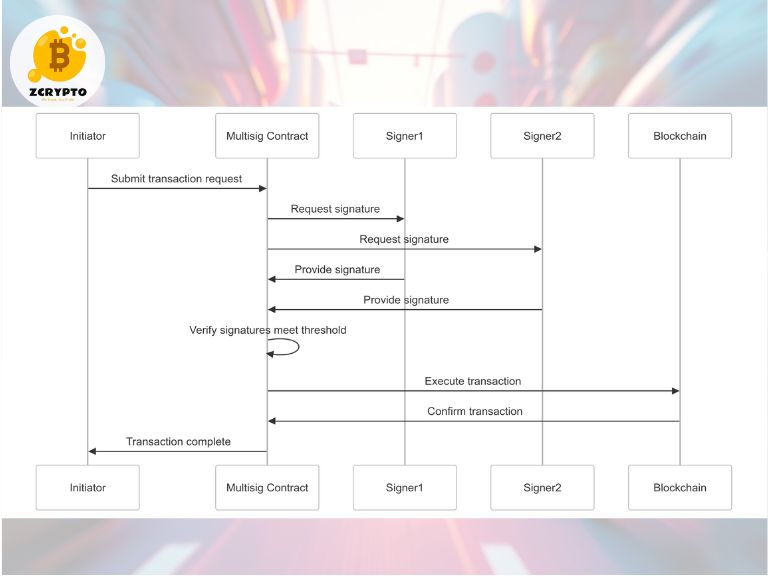What are Actuarial Gains and Losses?
Actuarial gains and losses are the differences between the actual experience of a pension plan and the assumptions made by actuaries when calculating the plan’s liabilities. These differences can arise from several key areas:
– Discount rates: Changes in interest rates can significantly affect the present value of future pension liabilities.
– Expected rate of return on plan assets: If the actual return on investments differs from what was expected, it can lead to gains or losses.
– Life expectancy: Increases or decreases in life expectancy can alter the number of years over which benefits are paid.
– Salary increases: Changes in salary growth rates affect the amount of future benefits.
These assumptions are categorized into economic assumptions (such as discount rates and expected returns on assets) and demographic assumptions (such as life expectancy and salary increases). The interplay between these assumptions directly impacts the projected benefit obligation (PBO), which is the total amount of future benefits that the plan is expected to pay.
- What is ODL (On-Demand Liquidity)?
- What is MVB Most Valuable Builder? A Comprehensive Guide to Binance’s Blockchain Innovation Program
- What is Music NFT? Transforming Artist-Fan Relationships
- Ultimate Guide to the Australian Securities Exchange (ASX): Market Insights, Trading, and Investment Opportunities
- Understanding Bail Bonds: A Comprehensive Guide for Financial and Legal Needs
Impact on Pension Plan Obligations
Changes in actuarial assumptions have a direct impact on the funded status of a pension plan. The funded status is calculated as the difference between the value of plan assets and the PBO. When actuarial gains occur, it means that either the plan assets have performed better than expected or the liabilities have decreased due to changes in assumptions. Conversely, actuarial losses indicate that liabilities have increased or assets have underperformed.
These fluctuations can lead to significant volatility in the financial health of a pension plan. For instance, if interest rates drop unexpectedly, the present value of future liabilities increases, potentially leading to an actuarial loss and a decrease in the funded status of the plan.
Accounting Treatment Under U.S. GAAP and IFRS
The accounting treatment for pension plans varies between U.S. GAAP (Generally Accepted Accounting Principles) and IFRS (International Financial Reporting Standards).
Under U.S. GAAP, pension obligations must be reported on the balance sheet. Actuarial gains and losses are initially recognized in other comprehensive income (OCI) rather than being immediately reflected in net income. This approach helps smooth out the volatility associated with these gains and losses over time.
In contrast, IFRS has undergone significant changes with the introduction of IAS 19R. This standard eliminated the corridor method, which previously allowed companies to delay recognizing actuarial gains and losses. Now, all changes in the net defined benefit liability are recognized immediately in OCI.
Financial Statement Implications
Actuarial gains and losses can introduce significant volatility into financial statements. When these gains or losses are recognized through OCI, they affect shareholders’ equity rather than net income. However, they still provide valuable insights into the financial position and results of operations.
Footnote disclosures related to pension assets and liabilities are critical for understanding these impacts. These disclosures help analysts and investors gauge the true financial health of a company by providing detailed information about pension plan assets, liabilities, and any associated gains or losses.
Impact on Pension Investment Decisions
Changes in accounting standards can influence pension investment decisions. For example, the elimination of the corridor method under IAS 19R has led some entities to shift their investment strategies from equities to bonds to mitigate volatility in their pension liabilities.
Other strategies include purchasing insurance contracts (buy-in or buy-out) to transfer some of the risk associated with pension obligations. Restructuring programs involving early retirements can also be used to manage pension risks more effectively.
Analyst Considerations and Adjustments
Analysts often adjust reported financial statements to better reflect a company’s operating performance. This includes adjusting for full pension costs rather than just the service cost recognized in net income. By doing so, analysts can get a clearer picture of a company’s true financial health.
Adjustments to cash flow statements are also important. Pension contributions can significantly impact financing activities, and understanding these contributions is crucial for assessing a company’s liquidity and overall financial stability.
Additional Resources or References
For further reading on this topic:
– IAS 19R: International Accounting Standards Board (IASB) – Employee Benefits
– ASC 715: Financial Accounting Standards Board (FASB) – Compensation—Retirement Benefits
– Pension Fundamentals: Society of Actuaries (SOA)
– Financial Reporting for Pensions: CFA Institute
These resources provide detailed guidance on accounting standards, actuarial assumptions, and best practices in managing defined benefit pension plans.
Nguồn: https://horizontalline.icu
Danh mục: Blog







